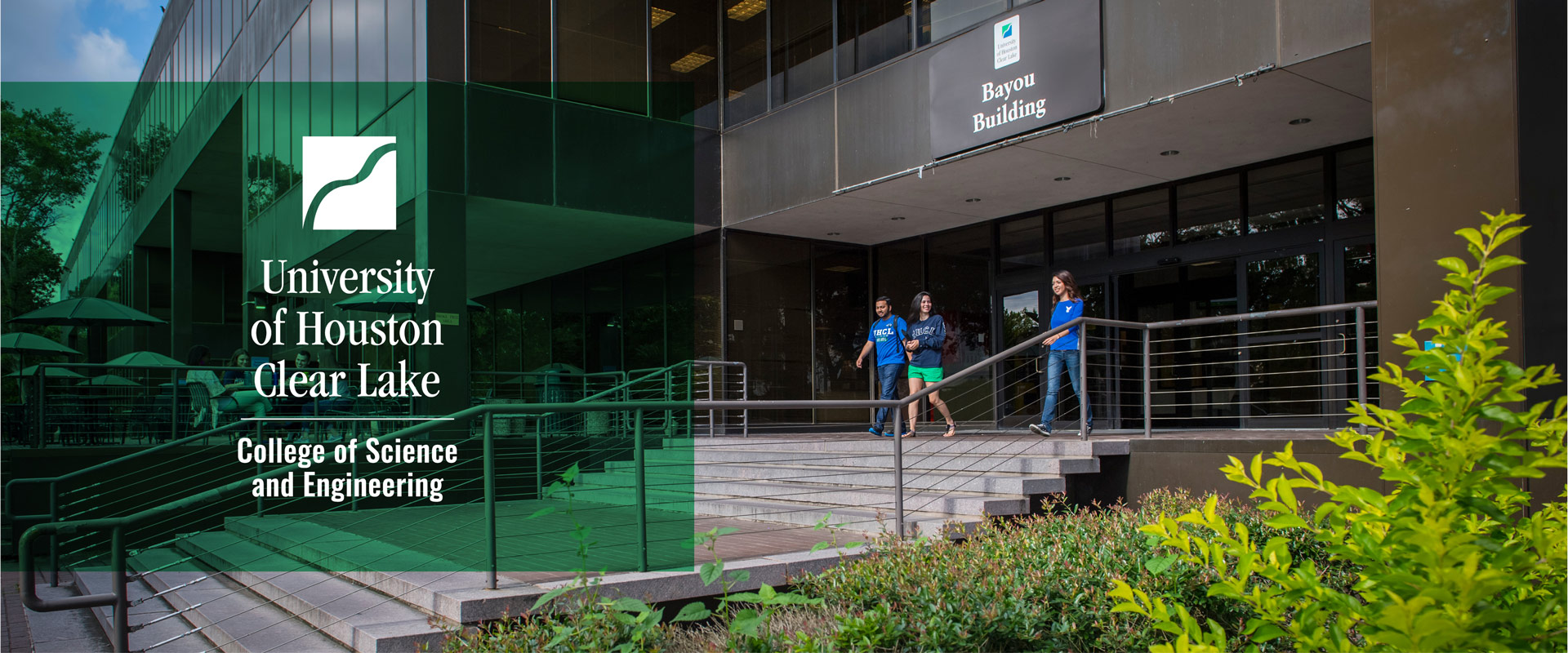- Future Students
- How to Apply
- Visit UHCL
- Admitted Students
- Tuition, Costs and Aid
- Degrees and Programs
- Contact Admissions
- Current Students
- Class Schedule
- Academic Calendar
- Advising
- Events
- Library
- Academic Resources and Support
- Student Services and Resources
- Alumni
- Lifetime Membership
- Alumni Events
- Update Your information
- Awards and Recognitions
- Give to UHCL
UHCL professor’s final research challenges visualization of DNA
January 24, 2019 | Jim Townsend

Groundbreaking DNA research conducted by a retired University of Houston-Clear Lake professor who died in 2012 was published posthumously in late 2018 by two researchers who credit him for his discoveries.
Robert C. Hopkins, who joined UH-Clear Lake in 1976 and became a professor of chemistry and biophysics, was instrumental in changing the way scientists visualize DNA.
In 1953, molecular biologists James D. Watson and Francis Crick turned the world on its ear with their double-helix model of DNA, which first visualized how genetic information was structured in the cells of every organism. In 1981, Hopkins, in an article for the prestigious Science magazine, offered a strikingly different visualization of DNA structures, which sparked controversy among the scientific community.
In 2002, Hopkins retired as professor emeritus but continued his DNA research until his death in 2012. Last November, his final unpublished paper became the foundation for “Exploring Potentially Alternative Non-Canonical DNA Duplex Structures Through Simulation,” published in the Journal of Biomolecular Structure & Dynamics.
The completion of Hopkins’ work came about after his wife, Star Hopkins, reached out to two scientists at the University of Utah in Salt Lake City.
“I contacted (Assistant Research Professor Rodrigo Galindo-Murillo and Professor of Medicinal Chemistry Thomas E. Cheatham III) who specialize in the computer program Bob used in this paper to compare the binding energy and force fields of various DNA structures,” she said. “They made some revisions to Bob’s original paper, but I am pleased to report that his final paper, with some modifications, was published.”
The three scientists share publishing credit.
Star Hopkins attained a master’s degree in biological sciences from UHCL in 1981 – the same year her husband’s published research effectively challenged the widely accepted Watson-Crick chain-configuration model.
Specifically, Hopkins posited that two features the Watson-Crick model didn’t always accurately characterize the directionality of every double-helical form of DNA. Hopkins found that some twisted to the right; some to the left. He pointed out that in x-ray diffraction analyses, left-handed structures readily formed by twisting right-handed ones, and that the helices can bend into tight supercoils. He also discovered that the way the spiraling strands are structured sometimes make different proteins available for binding.
In 1985, UHCL honored Hopkins with the President’s Distinguished Research Award for his work. Hopkins and his wife endowed the Robert and Star Hopkins Endowed Scholarship for natural science students.
For more information about UHCL’s natural science programs, visit www.uhcl.edu/cse.






